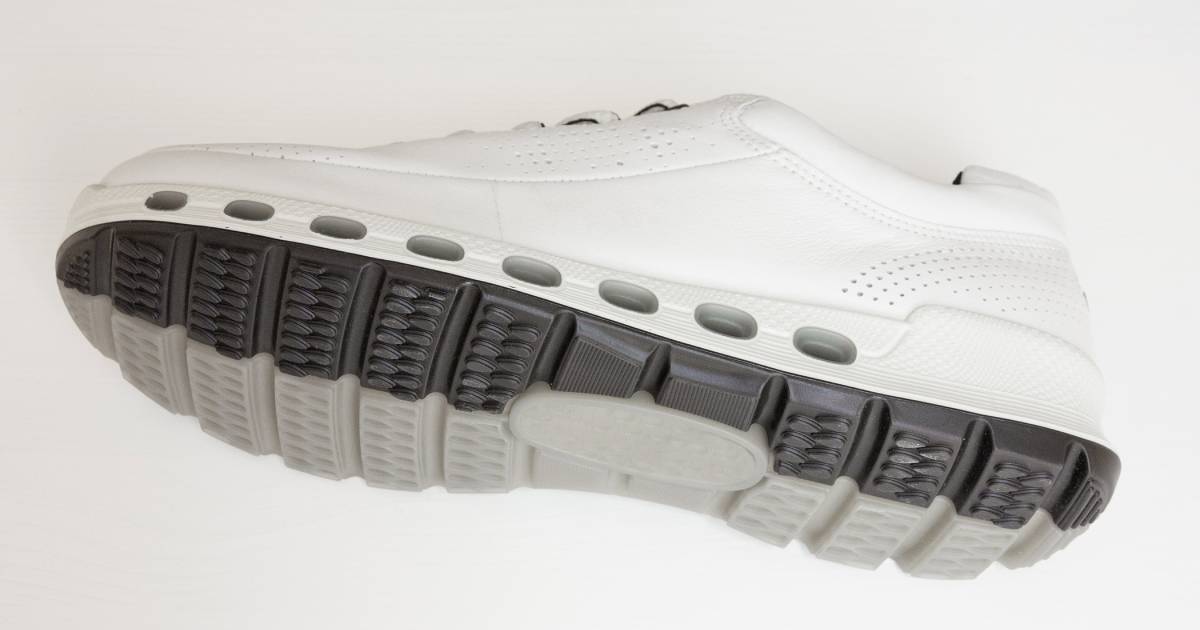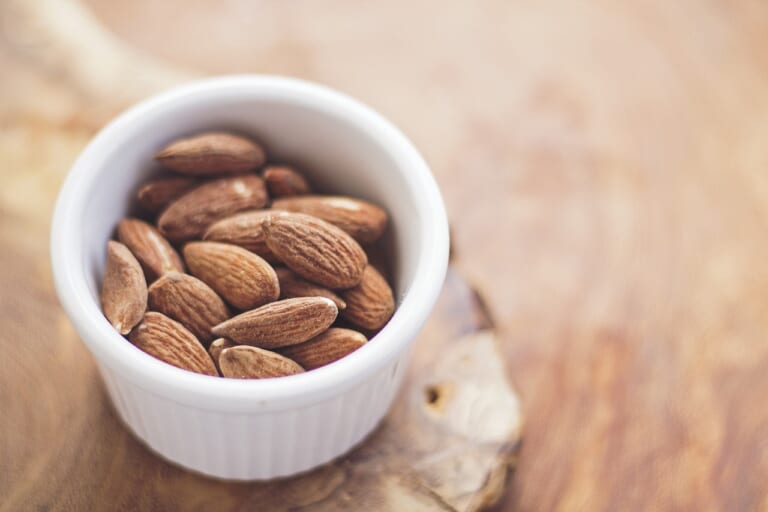What To Look for in a Quality Running Shoe
Whether you’re a seasoned runner or just starting out, you need to wear the right shoes. They can make a world of difference, offering stability, comfort, and performance that can take your workouts to the next level! However, knowing what to look for in a quality running shoe may seem overwhelming with so many options to choose from. Fortunately, we have some helpful tips to make the search easier for you.
Quality Materials
Many people assume they have to buy the most expensive running shoes because they are clearly the best. On the contrary, you’ll want to find shoes made from high-quality materials that prioritize support while running over visual style.
For example, the main body of the shoe should have a breathable mesh fiber that’s durable and can withstand a lot of physical activity. Polyurethane is common in everyday items, including shoes; it makes for a durable, long-lasting, and flexible sole for running shoes. Focus on flexibility, durability, and comfort when shoe shopping.
Size and Comfort
Speaking of comfort, you should always look for running shoes that fit your feet. Online shopping may be convenient, but when you go to a physical store, you get a chance to try on shoes. Do they fit? Do they pinch your toes? You’re going to be moving around a lot in your footwear, so don’t get shoes that feel uncomfortable in any way.
Some shoes have a “breaking in” period where the fabric will loosen up and mold more to your feet, but you shouldn’t hold out for a hero. Try to find shoes that already feel like they fit well before purchasing—don’t bank on them feeling better six weeks down the road!
Terrain and Exercise Style
Something to look for in a quality running shoe is the type of exercise you plan to do in it and where you often work out. For example, jogging on a treadmill at the gym may warrant a smoother tread pattern, while nature runs may call for shoes with more durability and traction.
Even the type of running you do can affect what shoe works best for you. Sprinters want something lightweight with minimal cushioning that won’t weigh them down, while long-distance joggers may want cushioning or flexibility for the long haul.
There are lots of different types of running shoes out there, and finding the right ones for you involves examining your personal needs. This knowledge can help you narrow things down is the best way to customize your cardio activities.







